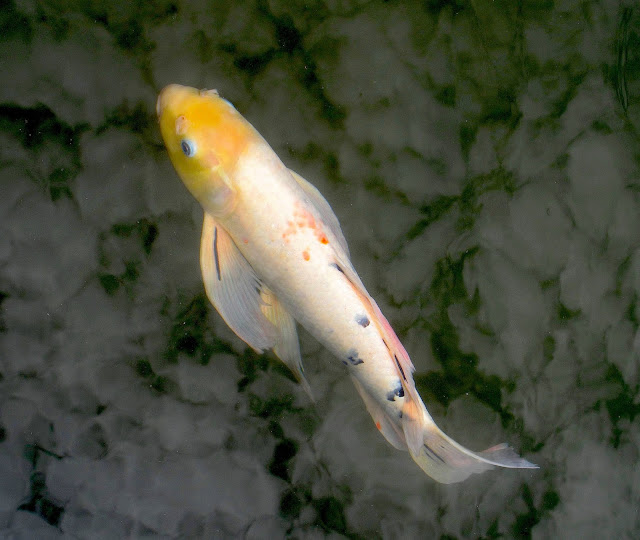There are different names for Dwarf Gourami fish. Some call them as powder blue Gouramis while others call them as neon blue Gouramis. They have a peculiar habit of swimming together in a pair. Originated from India, they are tropical freshwater fish.
If you plan to keep Dwarf Gourami fish in your aquarium, here are some important tips for you -
1. While buying them from the pet fish shop, you should consult the shop staff and buy them in appropriate proportions. They should be bought in the proportion of three females to one male and you should buy at least a group of 7 to 10 of them at a time. They can live up to four years in aquariums and they will grow up to 4 inches in length.
 |
| Dwarf Gourami - Photo by jfinnirwin |
2. The food habits of Dwarf Gourami fish are slightly different from other Gouramis. They will prefer meaty foods as well as algae. Occasionally they will eat flaked food. So you should plan their diet plan carefully. If you notice that their color is fading out, you should increase the proportion of live food in their diet. They will not pick their food as soon as you feed them. Instead they will take it from the bottom of the aquarium once it settles down.
3. They will require a reasonable amount of water and swimming place around the aquarium. So you cannot keep them in a small aquarium.
4. They are playful by nature so they should be kept in a group. If they are kept alone, they will develop stress and get sick.
5. Though all they are comfortable in all types of waters, if you keep them in a tank with the temperature of 75-80° F and with the ph level of 6.0 to 7.0, they will be happier.
6. They require a calm and quiet environment. So if you plan to keep them in the aquarium, you should not set up your aquarium in a noisy place. You should also see that there should not be any direct sunlight coming to the aquarium. The lighting should be moderate and there should not be much movement in the water.
7. If you plan to keep several males, you should remember that they will have territorial ambitions. So they will fight over an area in a small aquarium and may hurt each other. If you see them in a shop, you will always find them fighting. If the aquarium is sufficiently big, they can live peacefully. So you should plan your aquarium size carefully before introducing them.
8. They are always described as wife beaters! Particularly at the time of spawning, they will be impatient and will hurt the females. As a precaution, you should introduce at least two or three females For a male and they all should be shifted in a separate tank. Once the female lays eggs, she should be immediately removed from the tank.
9. The males will take care of the eggs after the spawning. However, when the new ones start coming out, you should shift the male to the main aquarium.
10. Usually the fish keepers are interested in knowing the information about the frequency of breeding of Dwarf Gourami fish. They breed once in a month and at one time they can lay hundreds of eggs. However, they will take a break after 3 to 4 months. This break will be around one month and they will start spawning again.
Chintamani Abhyankar is a goldfish enthusiast and has been raising and breeding goldfish for many years. He is an expert on their care and an advocate for raising healthy goldfish the natural way.
Article Directory: EzineArticles
|








